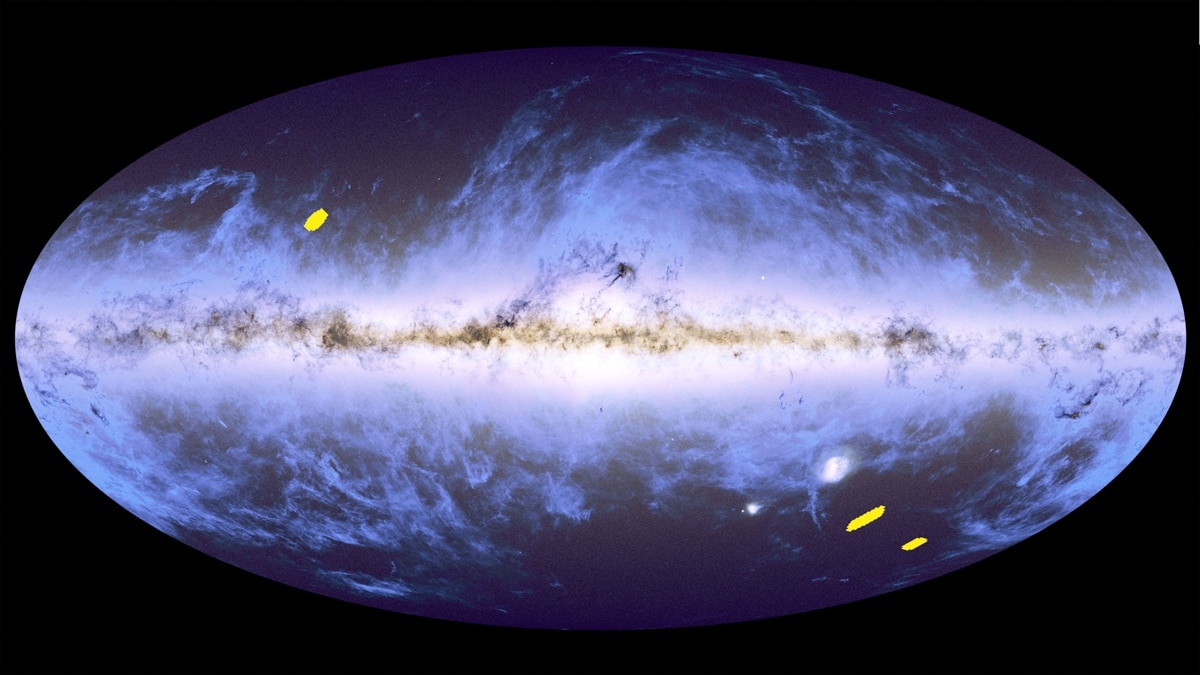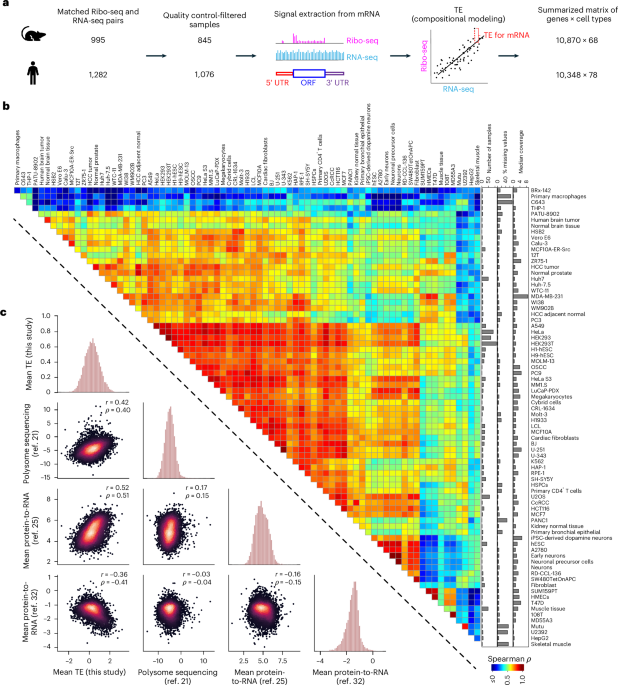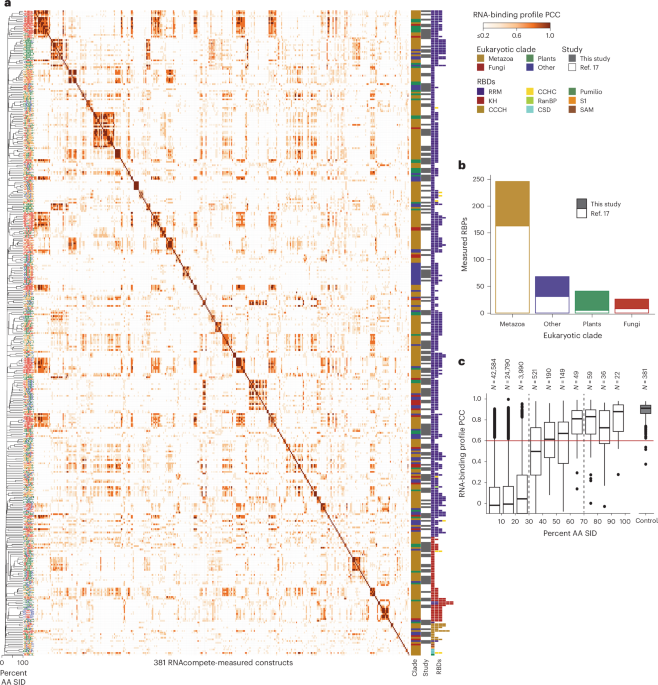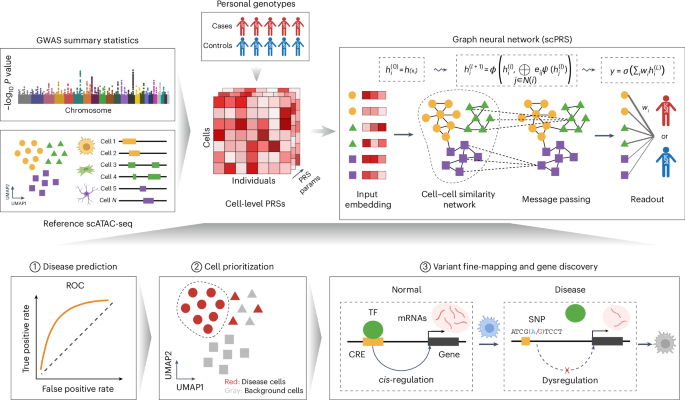Now Reading: Astronomers Discover New Galaxies, Offering Clues to Cosmic Mysteries
-
01
Astronomers Discover New Galaxies, Offering Clues to Cosmic Mysteries
Astronomers Discover New Galaxies, Offering Clues to Cosmic Mysteries

Quick Summary
- The European Space Agency’s Euclid space telescope has released its first batch of data, documenting 26 million galaxies in just seven days of observation.
- Euclid’s mission is to map the universe in 3D over six years to better understand dark matter and dark energy, which constitute 95% of the cosmos.
- It uses advanced technology, including a visible-light camera with 600-megapixel resolution and an infrared spectrometer, to observe billions of galaxies across one-third of the sky.
- Key phenomena captured include gravitational lenses like Einstein rings and ancient quasars that help study cosmic structures and dark matter distribution.
- Artificial intelligence (AI), including programs like “ZooBot,” is aiding scientists by classifying vast numbers (380,000+) of galaxies based on their features at remarkable speeds.
Indian Opinion Analysis
India has a burgeoning interest in space exploration thru missions like Chandrayaan and Gaganyaan but can draw valuable insights from Euclid’s success for its long-term goals. While India focuses on lunar exploration or Earth observation satellites currently, investments in advanced telescopes designed for deep-space research could considerably enhance India’s contribution toward answering foundational questions about the cosmos. Additionally, collaboration opportunities with international missions such as Euclid might allow access to cutting-edge research while bolstering India’s AI capabilities-an area critically tied to future scientific advancements globally.



























